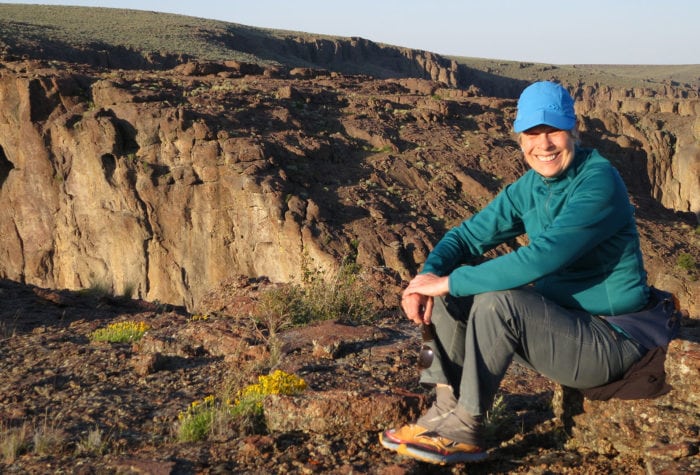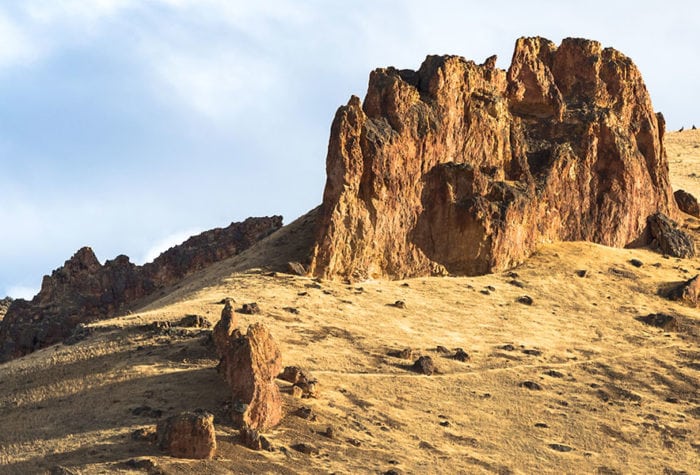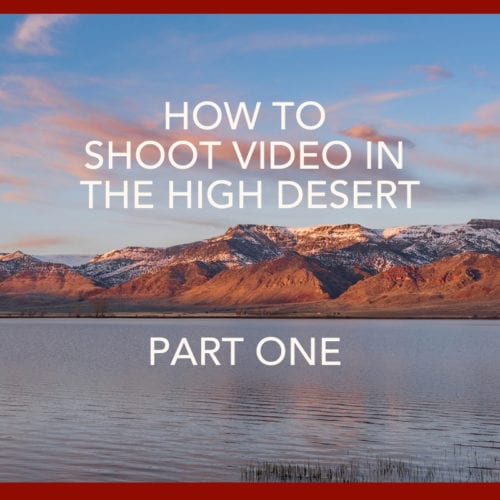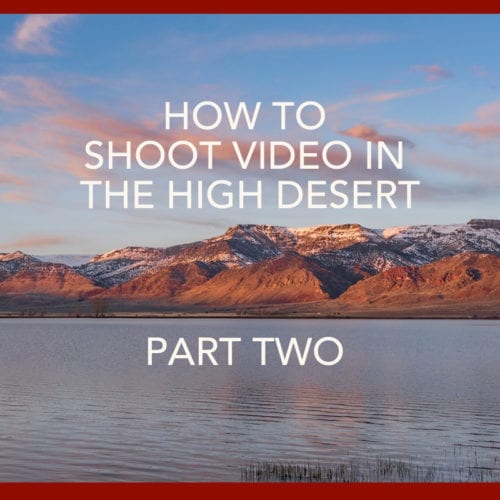1. Remember your narrative
When you’re out in the field, it’s easy to get distracted by all the beauty you’ll be surrounded by. Remember the video type you’re going for and what kind of shape you want your video to take. Keep this in the front of mind during the course of your trip to the desert to ensure your footage fits in with what you’re trying to do.
Haven’t settled on a narrative yet? Seek inspiration in the sights you see and the events that happen during your trip. Consider how the footage you’re taking might be arranged when you get back home.
2. Shoot plenty of good-looking footage
I’ve found that only about 10 percent of what I shoot ends up looking nice; most is mediocre at best. Thus, I try to shoot a lot of footage so I’m more likely to have some good stuff when I get back home. Memory is cheap, so why not?
That said, you won’t just get the 10 percent of the good stuff without effort, so keep these tips in mind.
Follow the rules
Many of the rules of composition that apply to photography (such as the rule of thirds, appropriate framing, symmetry, depth) also apply to shooting video footage, with good lighting becoming especially important.
Capture motion
What separates videography from photography is motion. Capturing motion is the main strength of video, so take advantage of it. Shoot while you are walking or riding in a vehicle, or keep your camera stationary and film something – animals, people, leaves , water – that is in motion. Steady footage always looks better than shaky footage, so make sure your shots are as smooth as possible. Tripods are quite handy, but, lacking a tripod, you can use the landscape to your advantage by setting your camera on a fence post or a flat rock, or bracing yourself against a tree.
Keep focused on your subjects
A foreground subject will make your footage vastly more interesting. Put your friend, your dog, wildlife, a wildflower, a cloud, or even a feature of the terrain into your scene. Always be able to answer “what is my subject?” and compose your shots accordingly. Be intentional about making the entire landscape your subject.
Take a variety of shots
Keep your video interesting by incorporating a variety of types of shots and perspectives. Take some moving shots and some stationary. Take close-ups and wide-angle shots. Take shots with all different types of subjects. The more variety you capture out in the field, the more you’ll have to work with you start editing.



